
Code: 19689729
Acetylene and Its Polymers
by Seth C. Rasmussen
This Brief presents for the first time a detailed historical overview of the development of acetylene polymers, beginning with the initial discovery of acetylene in 1836 and continuing up through the 2000 Nobel Prize in Chemistry. ... more
- Language:
 English
English - Binding: Paperback
- Number of pages: 136
Publisher: Springer International Publishing AG, 2018
- More about this

70.87 €

Low in stock at our supplier
Shipping in 12 - 17 days
Potřebujete více kusů?Máte-li zájem o více kusů, prověřte, prosím, nejprve dostupnost titulu na naši zákaznické podpoře.
Add to wishlist
You might also like
-

Dark Surrendering
19.55 € -

Dads Don't Babysit
21.81 € -

Ne Olmazsa Satis Olmaz
11.26 € -

Justa Poética Celebrada En La Parroquia De San Andrés De Córdoba El Día 15 De Enero De 1617
36.76 € -

Čudo
14.64 €
Give this book as a present today
- Order book and choose Gift Order.
- We will send you book gift voucher at once. You can give it out to anyone.
- Book will be send to donee, nothing more to care about.
More about Acetylene and Its Polymers
You get 175 loyalty points
 Book synopsis
Book synopsis
This Brief presents for the first time a detailed historical overview of the development of acetylene polymers, beginning with the initial discovery of acetylene in 1836 and continuing up through the 2000 Nobel Prize in Chemistry. The polymerization of acetylene is most commonly associated with polyacetylene, which was found to be conductive when treated with oxidizing agents such as Br2 or I2 in the mid-to-late 1970s. In fact, under the right conditions, oxidized polyacetylenes can exhibit conductivities into the metallic regime, thus providing the first example of an organic polymer exhibiting metallic conductivity. As a consequence, the 2000 Nobel Prize in Chemistry was awarded to Hideki Shirakawa, Alan MacDiarmid, and Alan Heeger for this pioneering research, the award citation reading "for the discovery and development of electrically conductive polymers." Because of this, most incorrectly view polyacetylene, as well as conducting polymers in general, to originate in the 1970s. In this work, the author examines the polymerization of acetylene from early thermal polymerization studies to the ultimate production of the fully conjugated polyacetylene. Although true polyacetylene was not successfully produced until the 1950s by Giulio Natta, the polymerization of acetylene dates back to 1866 with the work of Marcellin Berthelot. These initial efforts were continued by a range of scientists to produce a polymeric material collectively given the name cuprene in 1900 by Paul Sabatier. Between the initial cuprene studies and the production of true polyacetylene, two related materials were also studied, usually referred to as polyenes and polyvinylenes. Although both of these materials could be thought of as forms of polyacetylene, neither was actually generated from the direct polymerization of acetylene. Readers will gain insight into the fact that polyacetylene and conducting organic polymers have a much longer history than commonly believed and involved the work of a significant number of Nobel Laureates.
 Book details
Book details
Book category Knihy po anglicky Mathematics & science Chemistry Organic chemistry
70.87 €
- Full title: Acetylene and Its Polymers
- Subtitle: 150+ Years of History
- Author: Seth C. Rasmussen
- Language:
 English
English - Binding: Paperback
- Number of pages: 136
- EAN: 9783319954882
- ISBN: 3319954881
- ID: 19689729
- Publisher: Springer International Publishing AG
- Weight: 238 g
- Dimensions: 235 × 155 × 10 mm
- Date of publishing: 03. August 2018
Trending among others
-

Organic Chemistry
78.55 € -2 % -

3000 Solved Problems in Organic Chemistry
42.60 € -14 % -
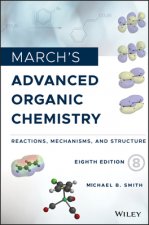
March's Advanced Organic Chemistry - Reactions, Mechanisms, and Structure, Eighth Edition
241.11 € -
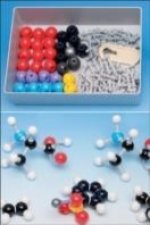
Molymod MMS-003
51.20 € -

Organic Chemistry
109.90 € -
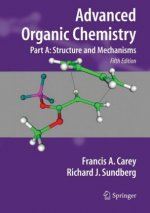
Advanced Organic Chemistry
104.16 € -7 % -

Advanced Organic Chemistry
80.19 € -
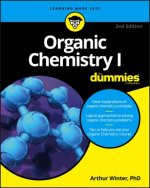
Organic Chemistry I For Dummies, 2nd Edition
20.89 € -20 % -

Solutions Manual to accompany Organic Chemistry
127.51 € -
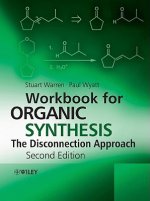
Workbook for Organic Synthesis: The Disconnection Approach
59.50 € -

Molecular Orbitals and Organic Chemical Reactions - Student Edition
88.49 € -
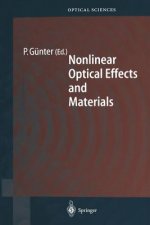
Nonlinear Optical Effects and Materials
70.87 € -
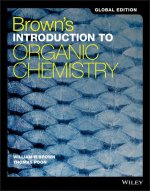
Brown's Introduction to Organic Chemistry
67.59 € -5 % -

Mechanisms of Organic Reactions
43.93 € -
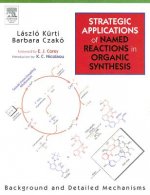
Strategic Applications of Named Reactions in Organic Synthesis
120.86 € -5 % -
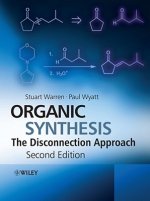
Organic Synthesis - The Disconnection Approach 2e
43.42 € -2 % -
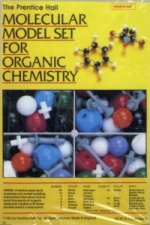
Molecular Model Set for Organic Chemistry
33.89 € -

Modern Physical Organic Chemistry
148.41 € -

Organic Chemistry: A Very Short Introduction
10.13 € -22 % -
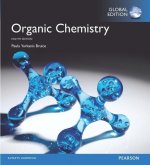
Organic Chemistry, Global Edition
101.29 € -
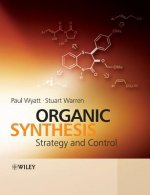
Organic Synthesis - Strategy and Control
131.20 € -
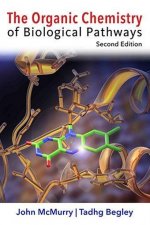
Organic Chemistry of Biological Pathways
103.85 € -8 % -

Fundamentals of Organic Chemistry, International Edition
104.16 € -
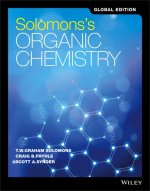
Solomons' Organic Chemistry
73.94 € -4 % -
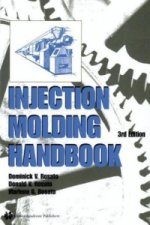
Injection Molding Handbook
91.46 € -
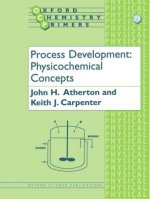
Process Development
39.12 € -
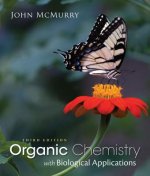
Organic Chemistry with Biological Applications
126.90 € -

Organic Stereochemistry
43.93 € -
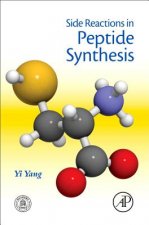
Side Reactions in Peptide Synthesis
138.88 € -

Amino Acids and Proteins for the Athlete: The Anabolic Edge
294.16 € -

Directed Selectivity in Organic Synthesis - A Practical Guide
74.05 € -4 % -

Diagnostics of Extrusion Processes
17.61 € -

Silica Aerogel Composites
113.79 € -
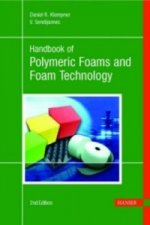
Polymeric Foams and Foam Technology
342.72 € -

Workbook in Organic Chemistry
39.12 € -

Organic Chemistry as a Second Language - First Semester Topics, Fifth Edition
95.86 € -

Organic Chemistry
156.91 € -

Modern Methods of Organic Synthesis
143.39 € -
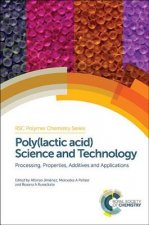
Poly(lactic acid) Science and Technology
283.82 € -
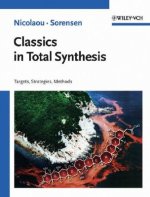
Classics in Total Synthesis - Targets, Strategies, Methods
104.26 € -

Workbook for Organic Synthesis - Strategy and Control
115.73 € -

Organometallics 3e
84.19 € -15 % -

Advanced Practical Organic Chemistry
119.42 € -
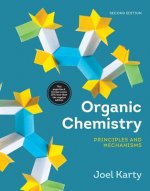
Organic Chemistry
179.04 € -5 % -

Chemistry of the Carbonyl Group - A Step-by-Step Approach to Understanding Organic Reaction Mechanisms - Revised Edition
62.27 € -

Applied Organometallic Chemistry and Catalysis
43.93 € -

Organometallics and Catalysis: An Introduction
62.47 € -8 % -

Schaum's Outline of Organic Chemistry
29.08 € -14 % -
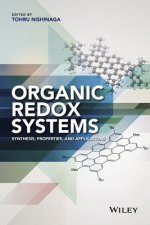
Organic Redox Systems - Synthesis, Properties, and Applications
258.21 €
Osobný odber Bratislava a 2642 dalších
Copyright ©2008-24 najlacnejsie-knihy.sk Všetky práva vyhradenéSúkromieCookies


 21 miliónov titulov
21 miliónov titulov Vrátenie do mesiaca
Vrátenie do mesiaca 02/210 210 99 (8-15.30h)
02/210 210 99 (8-15.30h)